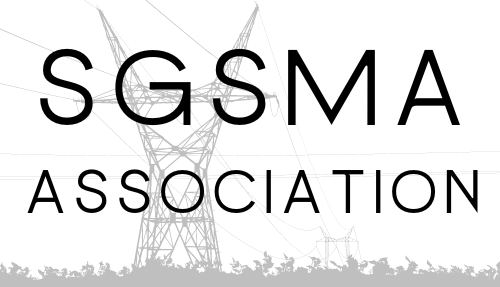Applications of synchronised continuous point on wave (CPOW) monitoring
Date: Wednesday, May 26 Time: –
Add to calendar: Webinar7.ics
 Name and title of the speaker: Steven Blair, Head of Power Systems Technologies
Name and title of the speaker: Steven Blair, Head of Power Systems Technologies
Email: steven.blair@synapt.ec
Organisation: Synaptec, UK
Biography of the speaker: Steven Blair is the Head of Power Systems Technologies at Synaptec, UK, where he leads Synaptec’s software and data analytics strategy. He holds a PhD in Electronic & Electrical Engineering and an MEng in Computer & Electronic Systems from the University of Strathclyde. He has been both a researcher and academic at the University of Strathclyde, including holding the Nokia lectureship position. He is experienced in power system protection, power quality, real-time systems, and communications technologies, and is widely published in these areas. Dr Blair is a member of IEC TC57 Working Group 10 which manages the IEC 61850 standards.
Abstract: To address major industry needs for greater visibility while supporting “net-zero” carbon emission targets, new tools are emerging to deliver and analyse sample-by-sample waveforms of voltages and currents. This approach, which has been dubbed continuous point-on-wave (CPOW) monitoring, goes well beyond the capabilities of conventional synchrophasor or supervisory control and data acquisition (SCADA)-based measurements by providing two or three orders of magnitude more detail. This is similar to having networked fault recorders, with the data readily available to users in real-time. Until recently, this has not been possible to achieve cost-effectively. CPOW monitoring, typically providing data sampled at rates of at least 4 kHz, is critical for understanding and diagnosing some events which are “hidden” in relatively coarse synchrophasor or SCADA data. For example, transients during switching events or electrical faults, which may include stressful electrical arcing, could be detected and logged within the condition monitoring profile of critical assets, such as circuit breakers. The entire transient may simply be unobservable using synchrophasor data. Similarly, power quality phenomena such as voltage and current harmonics are not captured through synchrophasor measurements. Such advanced monitoring capabilities are especially important in power systems with high levels of converter-connected generation, due to the relatively high switching rates and other fast-acting phenomena. This session will examine several compelling applications of CPOW monitoring. This includes transient event classification, waveform-based condition monitoring, distributed synchronised power quality monitoring of wind farms, wide-area protection, and detailed post-event analysis. The session will highlight the improvements and new possibilities offered by CPOW monitoring, compared to synchrophasor-based systems. It will also explore existing data acquisition and analytics tools for practical deployment and efficient data management, and the major ongoing worldwide R&D efforts to fully take advantage of CPOW monitoring schemes.
